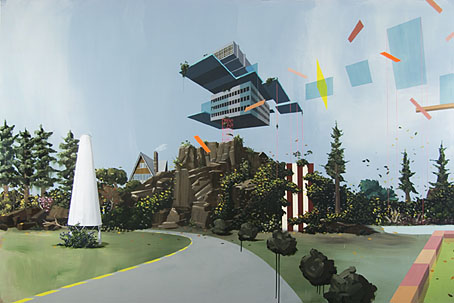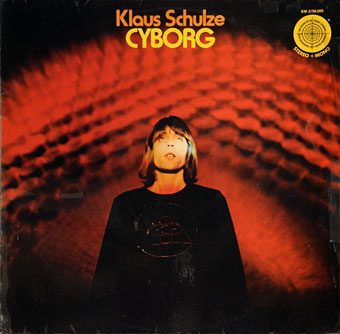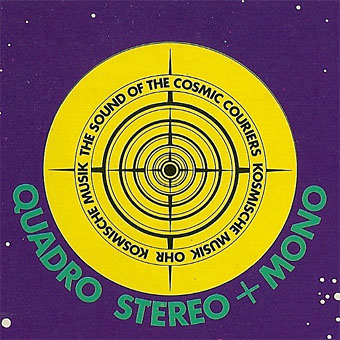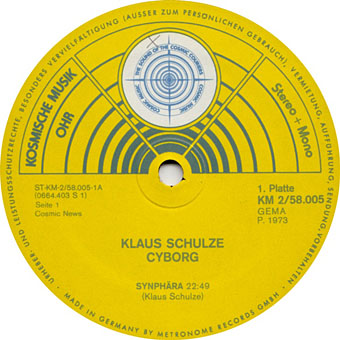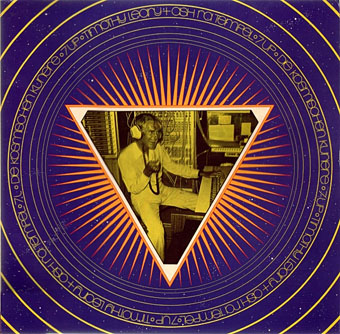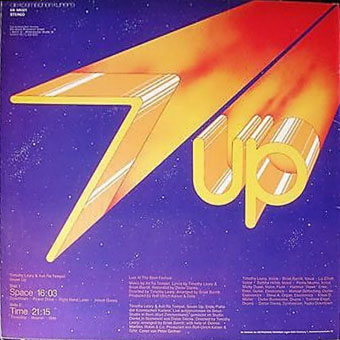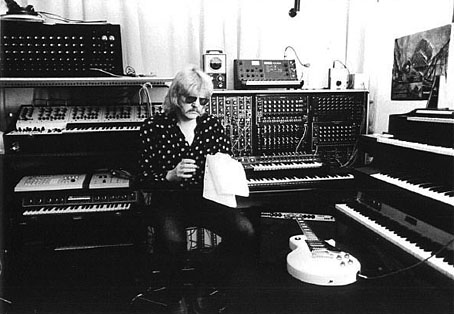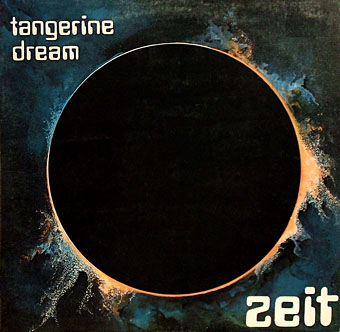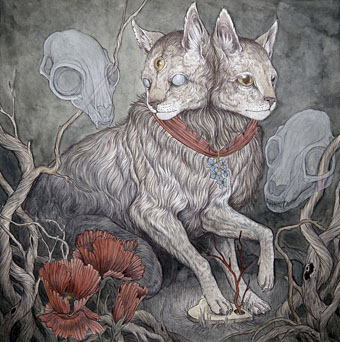Presenting the eleventh Halloween playlist, and another mix of my own. Previous mixes have been wide-ranging and not a little nerve-jangling so this year the focus has been narrowed to a synth-only mix. The theme is the analogue synthesizer music of the 1970s, particularly the style popularised by Tangerine Dream on Phaedra, Rubycon, Ricochet and Stratosfear.
The “fear” element of the latter title is significant in this context. Tangerine Dream from their earliest days produced timbres and atmospheres that tended towards the sinister and the doom-laden. This quality continued when they moved to Virgin Records in 1974, using new synthesizers and sequencers to develop their sound. In part the doomy atmosphere was a result of limitations, a combination of organ-led chord sequences and the difficulties of using primitive electronics for anything other than unnatural atmospheres. The earliest albums by Klaus Schulze are equally sombre but Schulze lost this tendency as his playing improved. Tangerine Dream, meanwhile, seemed to enter a Gothic phase with the move to Virgin: their track titles became darker—Mysterious Semblance At The Strand Of Nightmares, The Big Sleep In Search Of Hades, Stratosfear—and they swapped concert halls for the cavernous spaces of European cathedrals. William Friedkin in his sleeve note for the Sorcerer soundtrack album expressed disappointment that he hadn’t heard the group soon enough for them to provide music for The Exorcist.
Tangerine Dream are only represented here with two tracks—one of them from the Sorcerer soundtrack—but their influential Virgin years provide the template for several other pieces. Two of the groups, Redshift and Node, are British ensembles who take Tangerine Dream’s albums of the 1970s as their sole template. In the case of Redshift this has yielded a number of albums that are flawless in their imitation (and extension) of the Rubycon/Ricochet template, and the group are highly recommended to anyone who enjoys those albums. Redshift have also continued with the doom-laden atmospheres which is why this mix contains so many of their pieces.
The other axis here is the early scores by John Carpenter which have often seemed as influential as his films: imitated, sampled, and inspiring the sinister, throbbing electronica of Pye Corner Audio and others. Carpenter has frequently mentioned Tangerine Dream in lists of favourite electronic musicians; no surprise there but it feels satisfying to have things join up.
As before, Mixcloud no longer allows the posting of a tracklist so this is the running order:
Tangerine Dream—Sorcerer (Main Title) (1977)
Pye Corner Audio—Prowler (2015)
Redshift—Leave The Light On (2004)
John Carpenter—The Fog Enters The Town (1980)
Ian Boddy—There’s Something In Your Attic (1999)
Node—Dark Beneath The Earth (2014)
Tangerine Dream—Desert Dream (1977)
Redshift—Wraith (2002)
Redshift—Nightshift (2007)
Redshift—Down Time (2001)
Pye Corner Audio—Stars Shine Like Eyes (2015)
Previously on { feuilleton }
• A mix for Halloween: Teatro Grottesco
• A mix for Halloween: Unheimlich Manoeuvres
• A mix for Halloween: Ectoplasm Forming
• A playlist for Halloween: Hauntology
• A playlist for Halloween: Orchestral and electro-acoustic
• A playlist for Halloween: Drones and atmospheres
• A playlist for Halloween: Voodoo!
• Dead on the Dancefloor
• Another playlist for Halloween
• A playlist for Halloween

